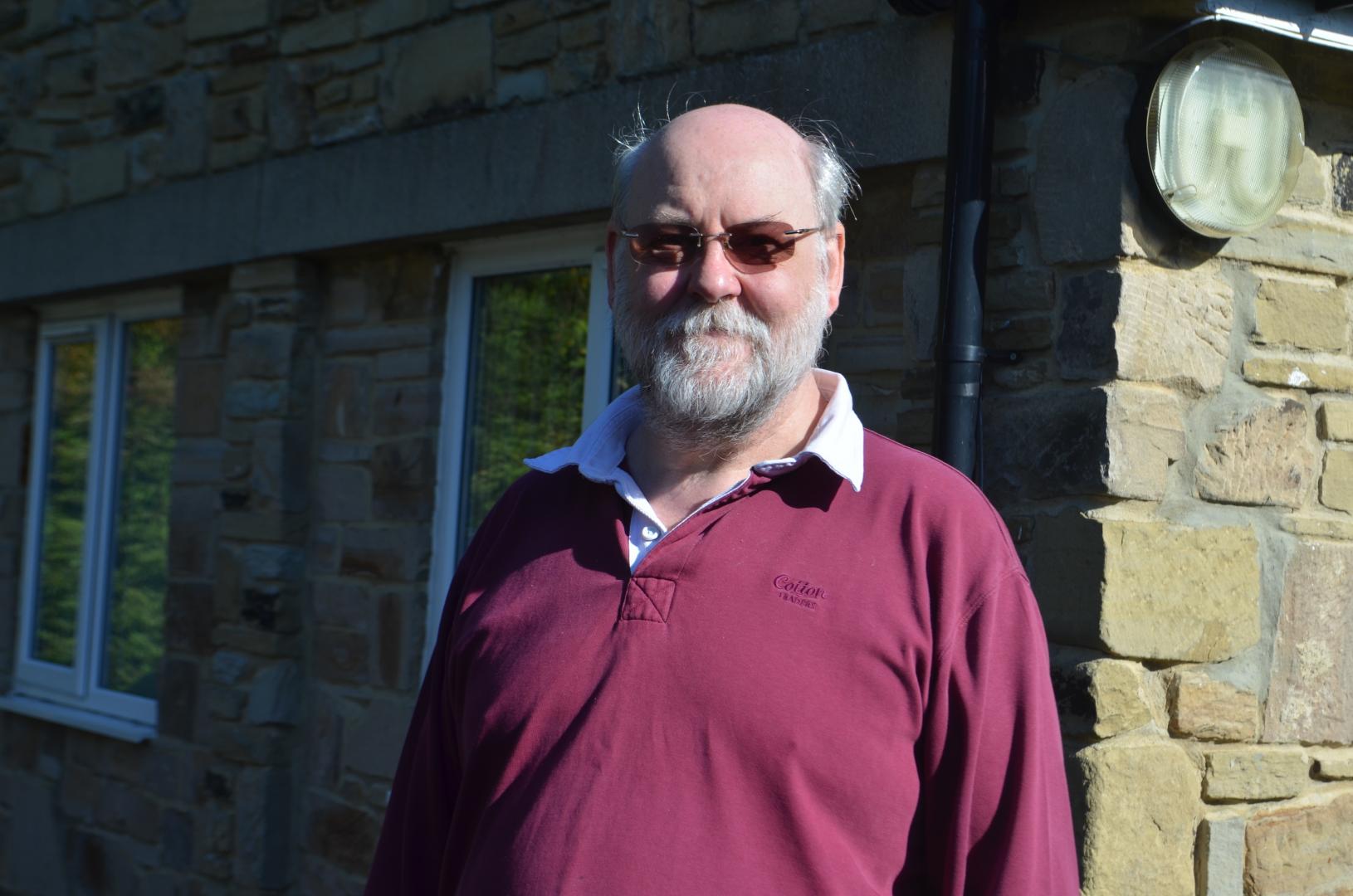THERE are mixed emotions for a long-serving vicar as he hangs up his cassock after 16 years tending the flocks of two parishes in Teesdale.
Revd Ken Steventon, who was vicar at St Mary’s, in Staindrop, and St John the Evangelist, in Ingleton, since 2005, carried out his final service in the dale on Thursday, providing children from Staindrop Primary School with one last harvest celebration.
“The school really wanted to have their harvest service in the church,” he said. “And we’re fortunate that we could do it. Some schools have not been able to do it with outbreaks of Covid.”
The quietly spoken vicar, who says he was “born and raised in the Anglican Church” , is looking forward to his retirement and moving to Northumberland near to where he was brought up.
Mr Steventon said: “We’re very much looking forward to a new chapter of our lives. I might not miss writing sermons every week because it gets harder as you go on.
“But it will be a bit of a wrench as we have got to know a lot of people really well and have good friends.
“It is the longest I have been in one place since childhood. I hadn’t planned on staying this long, but circumstances saw that happen. But now is the right time to retire. I’m aware of getting older and the arthritis I’ve got. Hopefully we can enjoy things a little.”
He bade fond farewells to parishioners in both villages earlier in the week, performing two Sunday services – one in the morning at Ingleton and another in the afternoon in Staindrop.
Mr Steventon, originally from Newcastle, said he had a “calling” at a young age, but it wasn’t until he was in his thirties that he decided to train to be a vicar.
He said: “I have always gone to church since I was a toddler.”
As a teenager he carried out youth work and met his future wife, Mary, but he chose to pursue a life in a religious order.
Mr Steventon added: “I felt a bit of uncertainty because I was only 22 at the time but I had connections with the Franciscans at Alnmouth and went there for a month.”
After time spent at the society’s houses in Dorset, Liverpool, London and Scunthorpe he entered the order at Worcester to become a Franciscan friar.
“I took my vows in 1985 but by 1987 I began to feel it
wasn’t right for me. All the time you are trying to work out what God wants you to do,” he said.
After leaving the order, he worked at a homeless hostel in Oxford for seven years. He continued to attend church and rekindled his friendship with Mary, who was also living in the city.
“I just felt the call back into ministry work and put myself forward again,” he added.
After finishing ecclesiastical training in Oxford, he was sent to Lincolnshire as a curate.
Following ordination at Lincoln Cathedral, the interview process for his first posting to Spalding and Boston meant he had to attend Downing Street, in London.
“The Queen was patron of the four parishes and it was up to her to appoint a vicar, not the diocese,” he explained.
“I got a letter from Downing Street from the Crown appointment officer and had to be interviewed by him there.
“It was quite surreal. I entered through Whitehall and was shown through these triple lock doors and told to wait on the sofa. I didn’t dare move because there were people watching from all angles.
“Eventually I was led up this really grand staircase, and then another. The higher we got, the less grand the stairs were. Eventually I ended up in the attic offices for the interview. I don’t know what part of Downing Street we were in, but I was successful.”
He added: “The letter that was sent, I think signed by a lady in waiting, was on parchment and had the Queen’s seal. It was quite something.”
Another peculiarity occurred when building work at one of the parishes unearthed the remains of 30 skeletons. He said: “They needed to be reinterred but the churchyard in Spalding was closed back in the 1850s. Burials in Spalding had been forbidden by Parliament to try to stop cholera outbreaks.
“But they had to be interred. The diocese legal officer actually forbade the burying of corpses. So he said bury them quickly as he felt it was a stretch to call a skeleton a corpse. So that’s what we did.”
The interview process for his last posting took place at Raby Castle.
“I had an informal interview with Lord Barnard over a cup of tea in his private study. He must have liked me because a month later we were invited back to the castle and had a formal interview. That’s when we had problems getting in the gate. The buzzer didn’t work and they had to send someone down to take it apart to let us in.”
He added: “We were sat outside the castle and a herd of deer – about 80 or 100 of them – just ambled across our path. They were just feet away and that was quite powerful -“it made us feel we really wanted to be here.
“I think St Mary’s has always felt just right. You can feel the kind of continuity of worship here, somewhere that has been a place of faithful worship for 1,200 years and it tells us something about our own times.”






